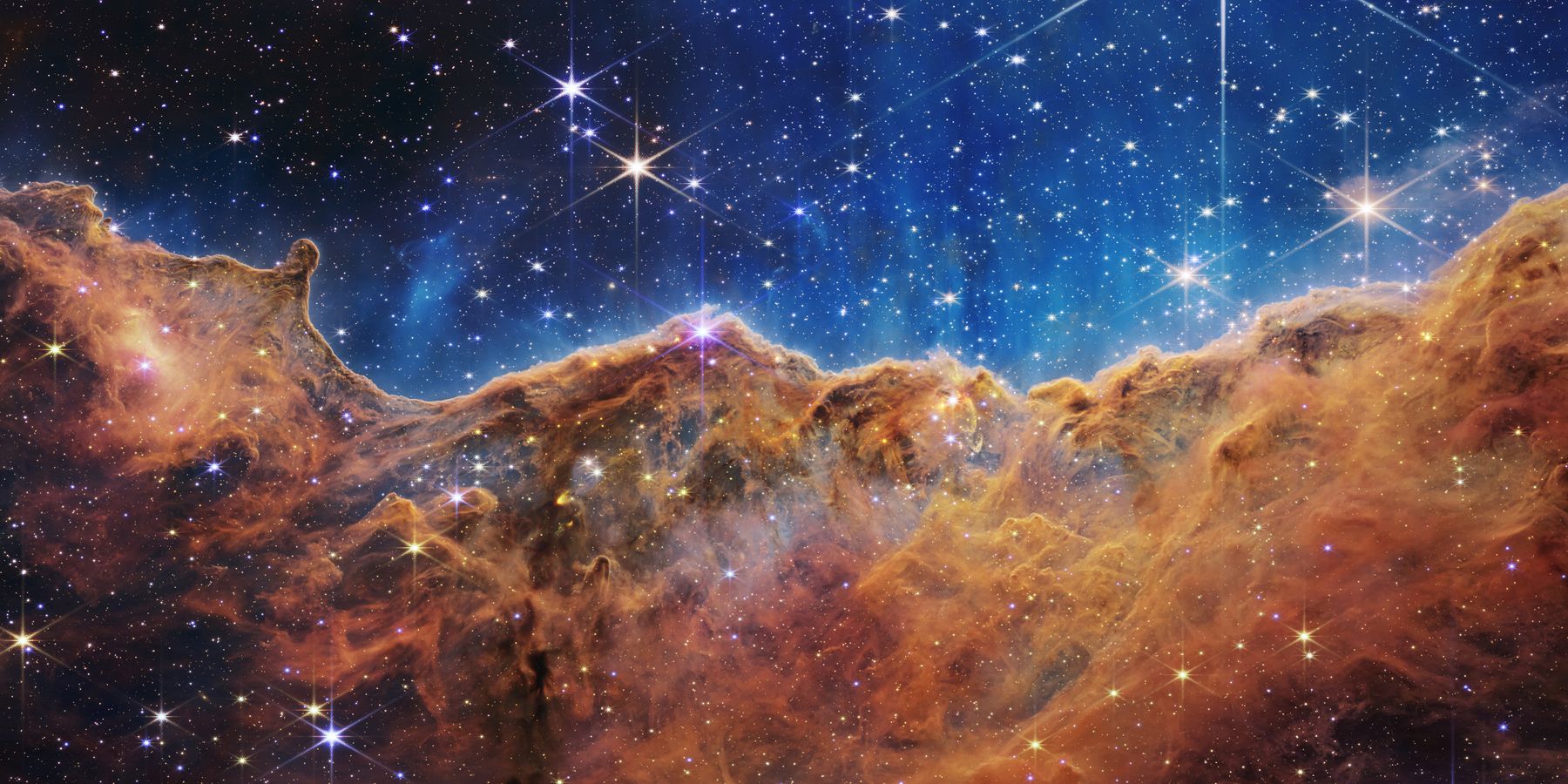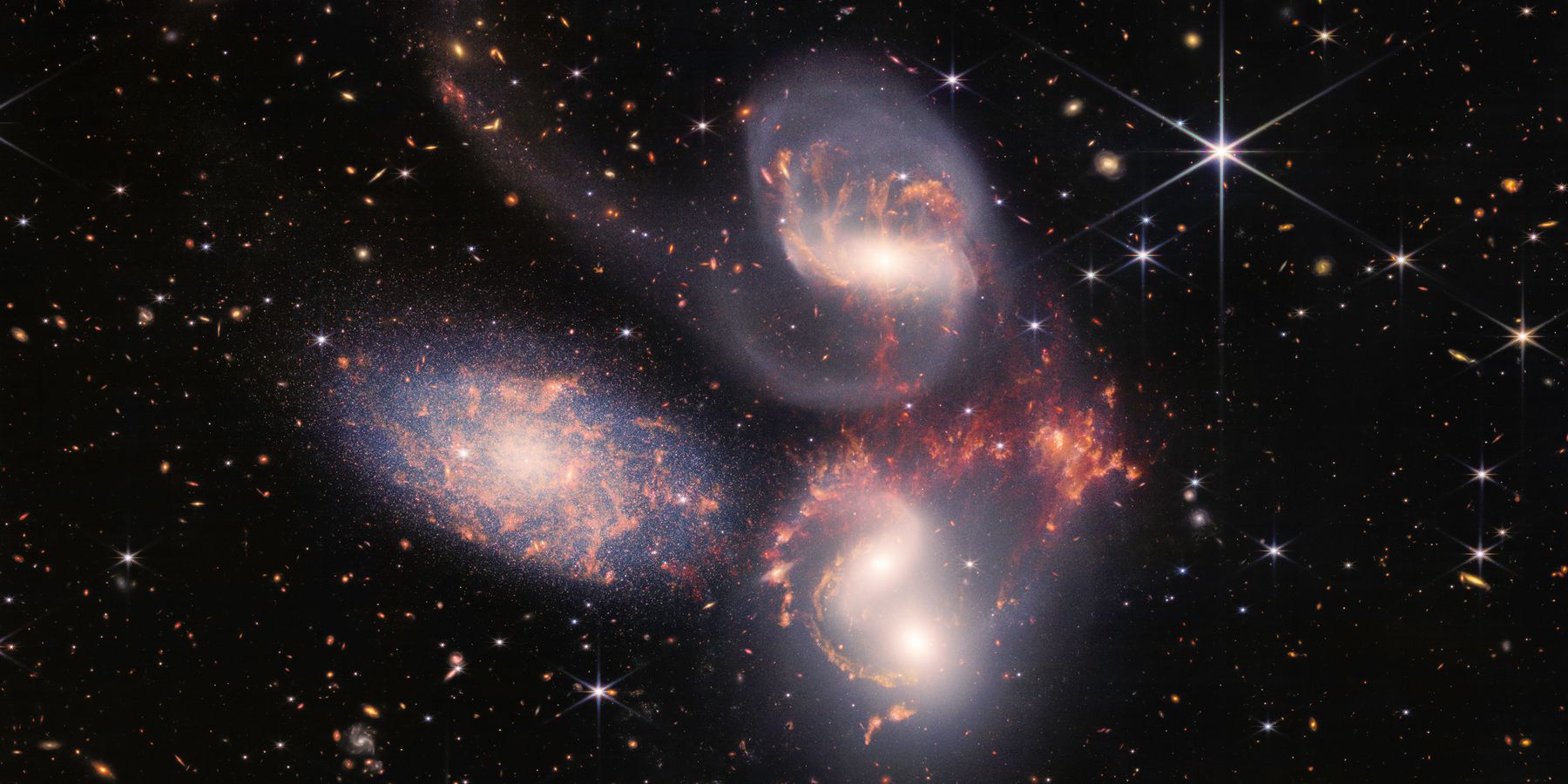NASA has released the first set of deep space images captured by the James Webb Space Telescope, providing a closer and more refined look at cosmic wonders like the Southern Ring Nebula, stellar nurseries in the Carina Nebula, and the galaxy group called Stephan’s Quintet. A day earlier, U.S. President Joe Biden lifted the covers from the first full-color image shot by the marquee telescope.
Touted to be the highest resolution image of the universe captured in the infrared region to date, it takes a peek at the galaxy cluster called SMACS 0723. Cramming thousands of galaxies in a single shot, the image actually shows the aforementioned galactic cluster as it appeared some 4.6 billion years ago. NASA scientists are hoping that Webb’s Mid-Infrared Instrument (MIRI) will unravel even more mysteries as it captures data in the mid-infrared region.
While that one image was stunning in itself, NASA has finally shared more images captured by the flagship deep space observatory. The most incredible capture is that of NGC 3324 in the Carina Nebula, which has been shot in the infrared region of the electromagnetic spectrum and reveals areas that have so far remained hidden. Popularly known as Cosmic Cliffs, the mountain and valley-like formations actually represent the outer fringes of the gaseous cavity within the NGC 3324 pocket located roughly 7,600 light-years away. Just to provide an idea of how absolutely massive these structures are, the highest peaks that appear in the images are as tall as seven light-years. At the center of the bubble are massive young stars, blowing intense waves of ultraviolet radiation and stellar winds in the area. The image also captures protostellar jets, which are cylindrical structures formed of matter traveling at highly supersonic speeds and are usually seen as the signposts of star formation activity. Users who want to check out all the images for themselves can head to the gallery published by the James Webb website.
The Best Look Yet At The Universe
The JWST also captured an image depicting Stephan’s Quintet, a group of five galaxies that are entangled in a galactic interaction event, captured in their most detailed form ever. The image, which packs over 150 million pixels and is a composite of over 1,000 separate frames, captures an area equivalent to one-fifth of the moon’s diameter. Touted to be the largest image shot by the James Webb Space Telescope, it shows millions of young stars and stellar nurseries, and matter in transit due to the gravitational pull generated by the interacting galaxies. It also shows the NGC 7318B galaxy violently making its way through the cluster. In the galactic quintet is the NGC 7319 galaxy, which harbors a supermassive black hole at its center that is nearly 24 million times as heavy as the Sun and is sucking up material at the energy equivalent rate of 24 billion Suns.
The ambitious telescope has also captured images of the Southern Ring Nebula in stunning detail. The infrared view also shows a bunch of distant galaxies in the background. Situated some 2,500 light-years away from the Earth, the Southern Ring Planetary Nebula’s image prominently shows the two constituent stars and the light layers, as well as the dust-surrounded second star for the first time. The NIRCam system aboard the James Webb Space Telescope has also unraveled “extremely fine rays of light around the planetary nebula,” piercing holes in the cloud of dust and gas surrounding it.
Source: NASA, Webb Space Telescope, NASA/Twitter


